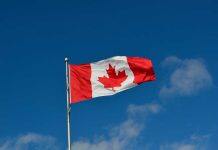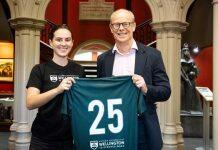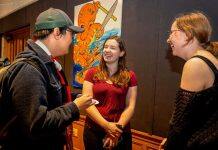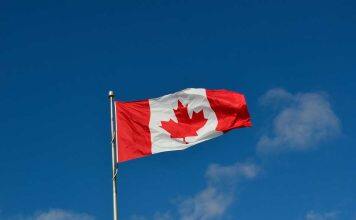Geoffrey Hinton, a University Professor Emeritus of computer science at the University of Toronto, has won the 2024 Nobel Prize in Physics.
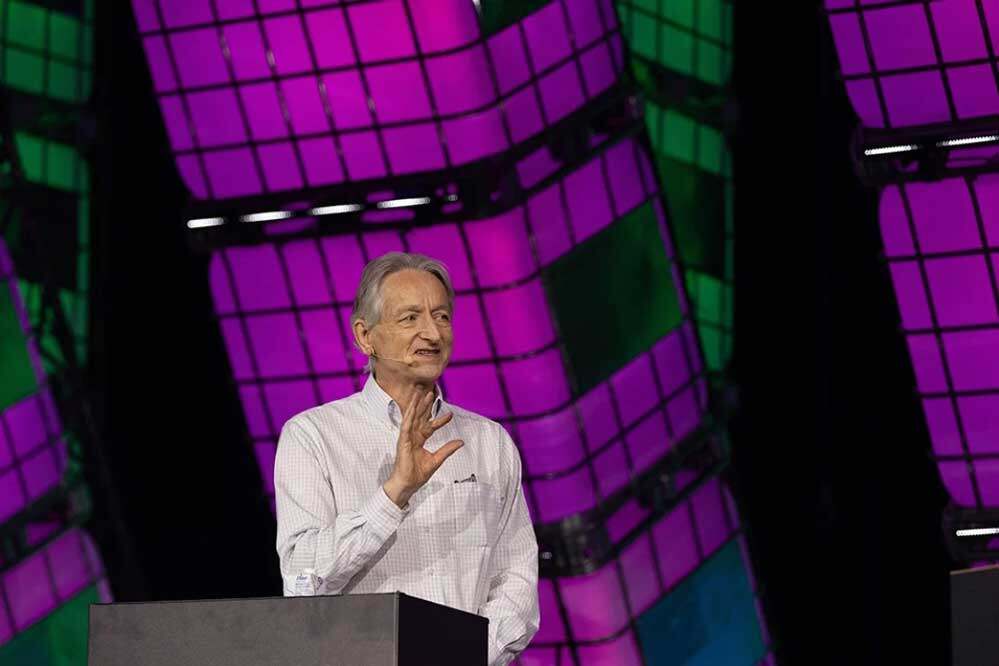

Widely regarded as the “godfather of AI,” Hinton shared the prize with John J. Hopfield of Princeton University for foundational discoveries and inventions that enable machine learning with artificial neural networks.
Hinton said he was “flabbergasted” at the honour.
“I had no expectations of this. I am extremely surprised and I’m honoured to be included,” he said.
Hinton and Hopfield are credited with wielding tools from physics to advance basic research in the field. Specifically, Hopfield created an associative memory that can store and reconstruct images in data, while Hinton invented a way to find properties in data and perform tasks such as identifying specific elements in pictures.
“On behalf of the University of Toronto, I am absolutely delighted to congratulate University Professor Emeritus Geoffrey Hinton on receiving the 2024 Nobel Prize in Physics,” said U of T President Meric Gertler. “The U of T community is immensely proud of his historic accomplishment.”
Hinton was selected for the high-profile award for his use of the Hopfield network – invented by his co-laureate – as the foundation for a new network called the Boltzmann machine that can learn to recognize elements within a given type of data.
The Boltzmann machine can classify images and generate new examples of the pattern on which it was trained, with Hinton and his graduate students later building on this work to help usher in today’s rapid development of machine learning – a technology that now underpins a host of applications ranging from large language models such as ChatGPT to self-driving cars.
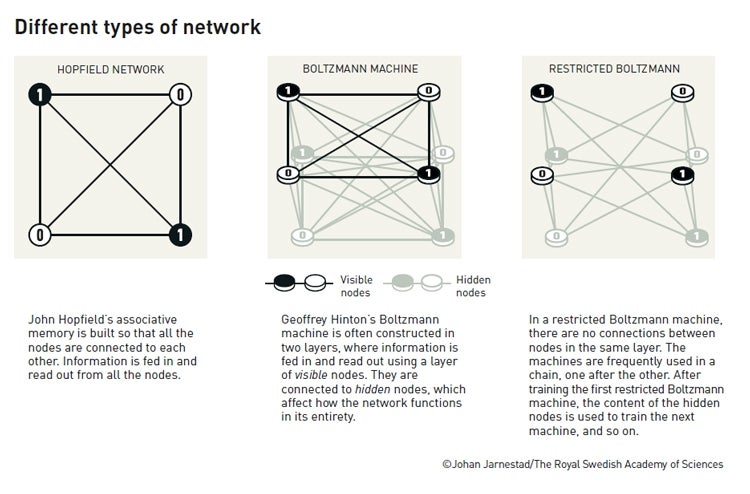

“The laureates’ work has already been of the greatest benefit. In physics we use artificial neural networks in a vast range of areas, such as developing new materials with specific properties,” said Ellen Moons, chair of the Nobel Committee for Physics.
Hinton joined U of T as a professor of computer science in 1987 after working in various universities in the U.K., where he was born, and in the United States.
In the years that followed, Hinton’s research group built on his early work with an array of developments that paved the way for an explosion in deep learning that some have likened to the industrial revolution in its significance.
He was named a University Professor – U of T’s highest academic appointment – in 2006. He is also chief scientific adviser at the Vector Institute in Toronto.
In recent years, he has captured the world’s attention by sounding the alarm about the risks posed by rapid and unfettered AI development.
Hinton adds the Nobel Prize to a long list of accolades that includes the Association for Computing Machinery’s A.M. Turing Award (widely considered the Nobel Prize of computing) alongside collaborators Yann LeCun and Yoshua Bengio, election to the U.S. National Academy of Sciences, a Royal Medal from the Royal Society, Companion of the Order of Canada and Fellow of the Royal Societies of Canada and London.
Hinton is the fourthresearcher at U of Tto win a Nobel Prize over the years.
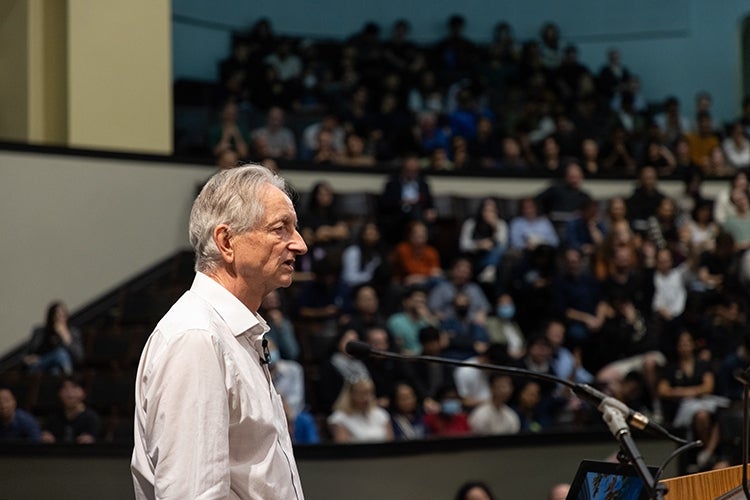

Sir Frederick Banting and J.J.R Macleod won a Nobel Prize in Physiology or Medicine for their work with Charles Best in 1923 to isolate insulin. In 1986, John Polanyi was one of three winners of the Nobel Prize in Chemistry for the development of the new field of reaction dynamics.
Other members of the U of T community, including several alumni, have received or been associated with the international honour.
Oliver Smithies, a past professor at U of T, was a joint winner of the Nobel Prize in Physiology or Medicine in 2007 for discovering the “principles for introducing specific gene modifications in mice by the use of embryonic stem cells.”
In 1999, U of T Professor James Orbinski accepted the Nobel Peace Prize on behalf of Doctors Without Borders, which was recognized for its humanitarian work.
Anti-nuclear activist and U of T alumna Setsuko Thurlow accepted the Nobel Peace Prize in Norway in 2017 on behalf the International Campaign to Abolish Nuclear Weapons (ICAN).
In 2001, Michael Spence, an alumnus of University of Toronto Schools,was one of three joint winners of the Bank of Sweden Prize in Economic Sciences in Memory of Alfred Nobel for his contributions to analyses of markets with asymmetrical information.
Bertram Brockhouse, who completed two degrees at U of T, was a co-winner of the Nobel Prize in Physics in 1994 for the development of neutron scattering techniques for studies of condensed matter.
Arthur Schawlow, an alumnus, was one of three winners of the same prize in 1981 for his contribution to the development of laser spectroscopy.
In 1998, U of T alumnus Walter Kohn was a co-winner of the Nobel Prize in Chemistry for development of the density-functional theory.
Former Prime Minister Lester B. Pearson, who received a bachelor’s degree from U of T, won the Nobel Peace Prize in 1957.
More to come …








